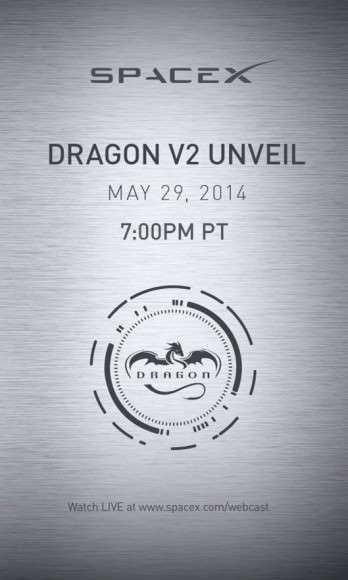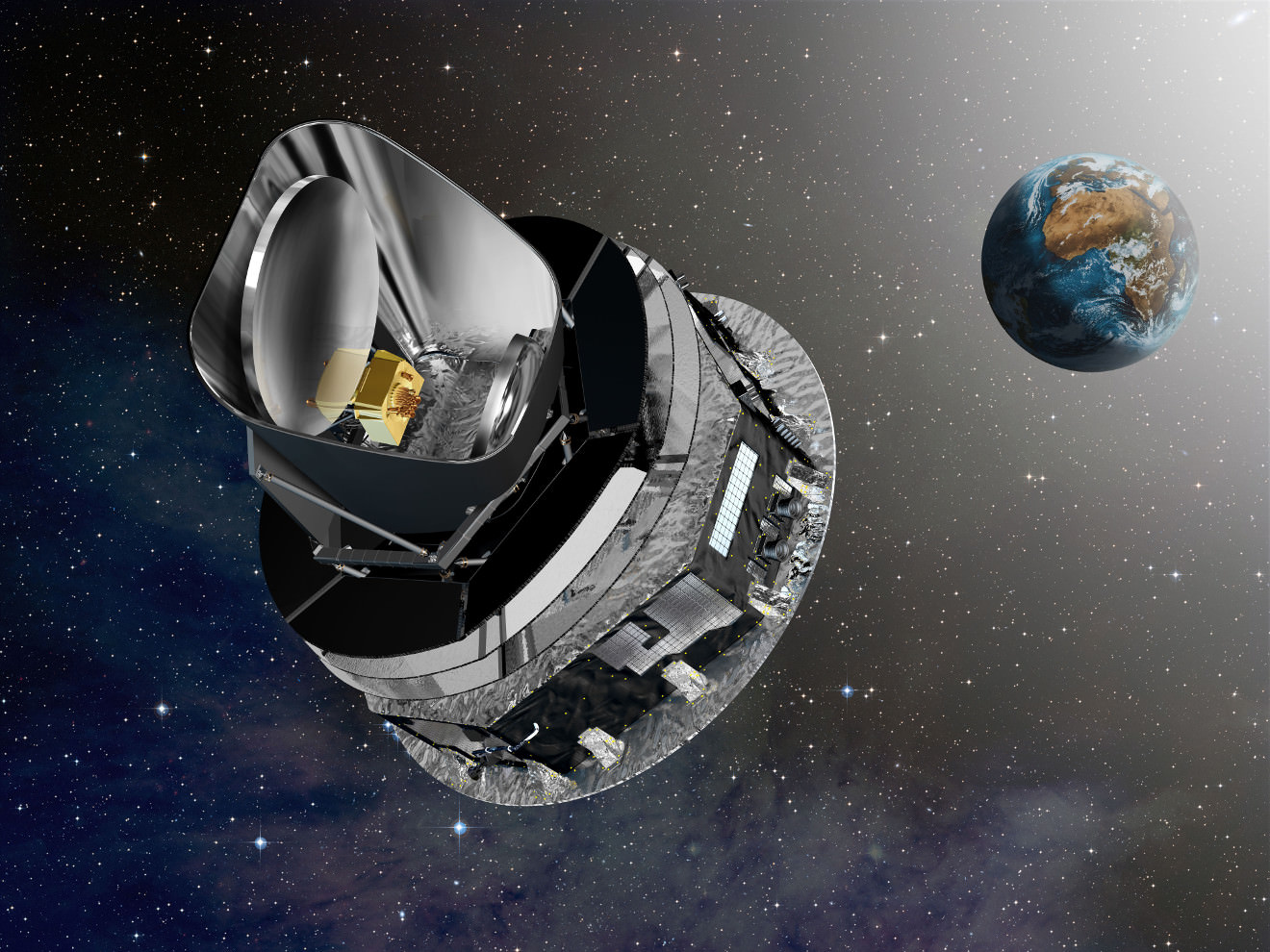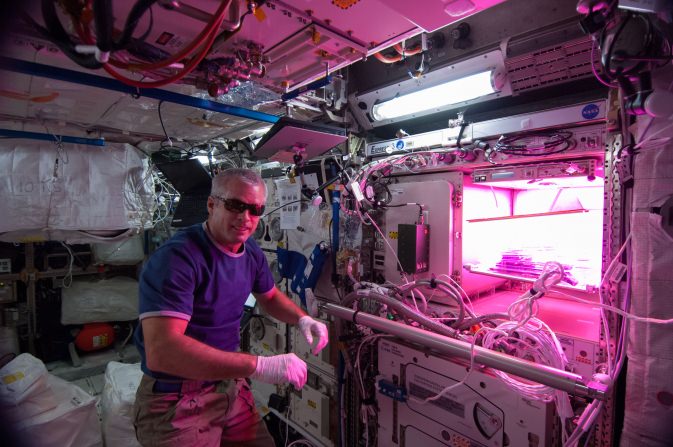Host: Scott Lewis
Guests: Michael Phillips, Bill McLaughlin, Paul Stewart
Continue reading “Virtual Star Party – June 1, 2014: Paul brings his “A” game!”
Stunning Snapshots from Space Courtesy of Reid Wiseman
On May 28 the crew of Expedition 40/41 launched from Baikonur Cosmodrome, their Soyuz TMA-13M arriving at the International Space Station about eight and a half hours later. And it didn’t take much time for the newly-arrived NASA astronaut Reid Wiseman to start taking photos from his new vantage point in orbit and sharing them on Twitter for the rest of us to enjoy! Here are some of Reid’s latest images from the edge of space, looking down on the beautiful blue world we call home.

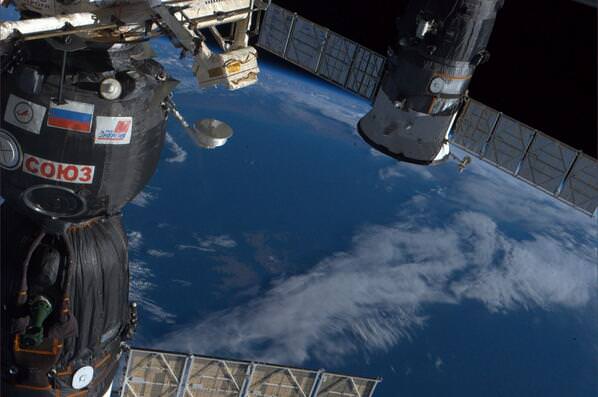
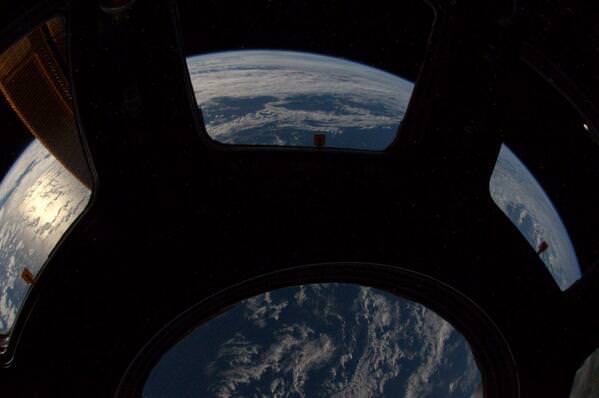

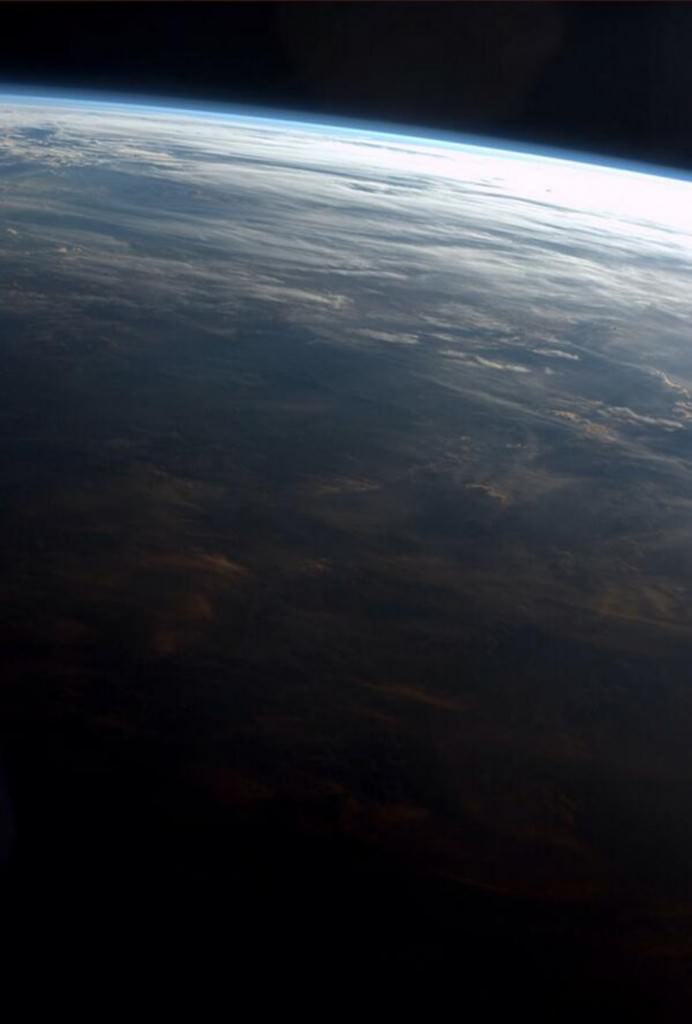

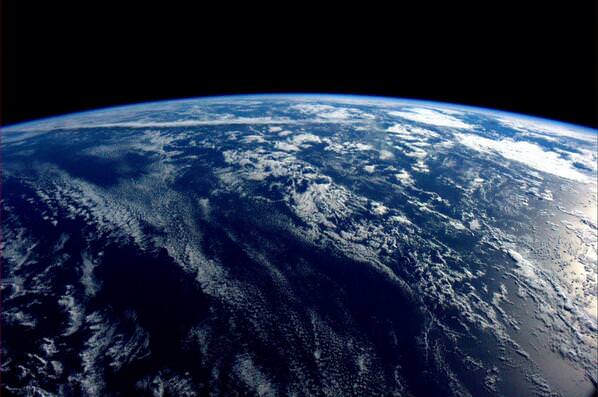
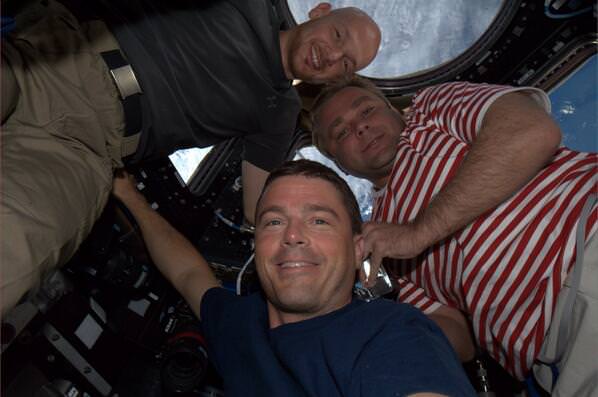
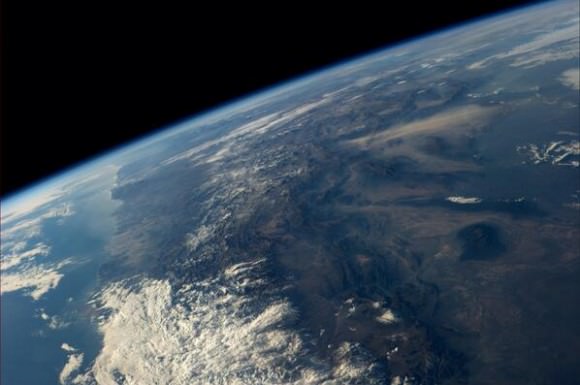
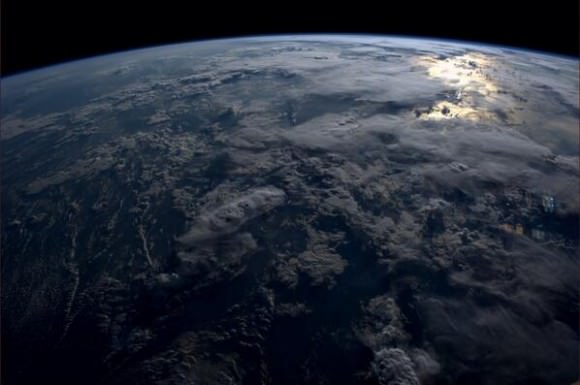

See these photos (and more as they are taken!) on Reid Wiseman’s Twitter feed, and learn more about Expedition 40 here.
Photos courtesy Reid Wiseman/NASA.
World’s Largest Heat Shield Attached to NASA’s Orion Crew Capsule for Crucial Fall 2014 Test Flight
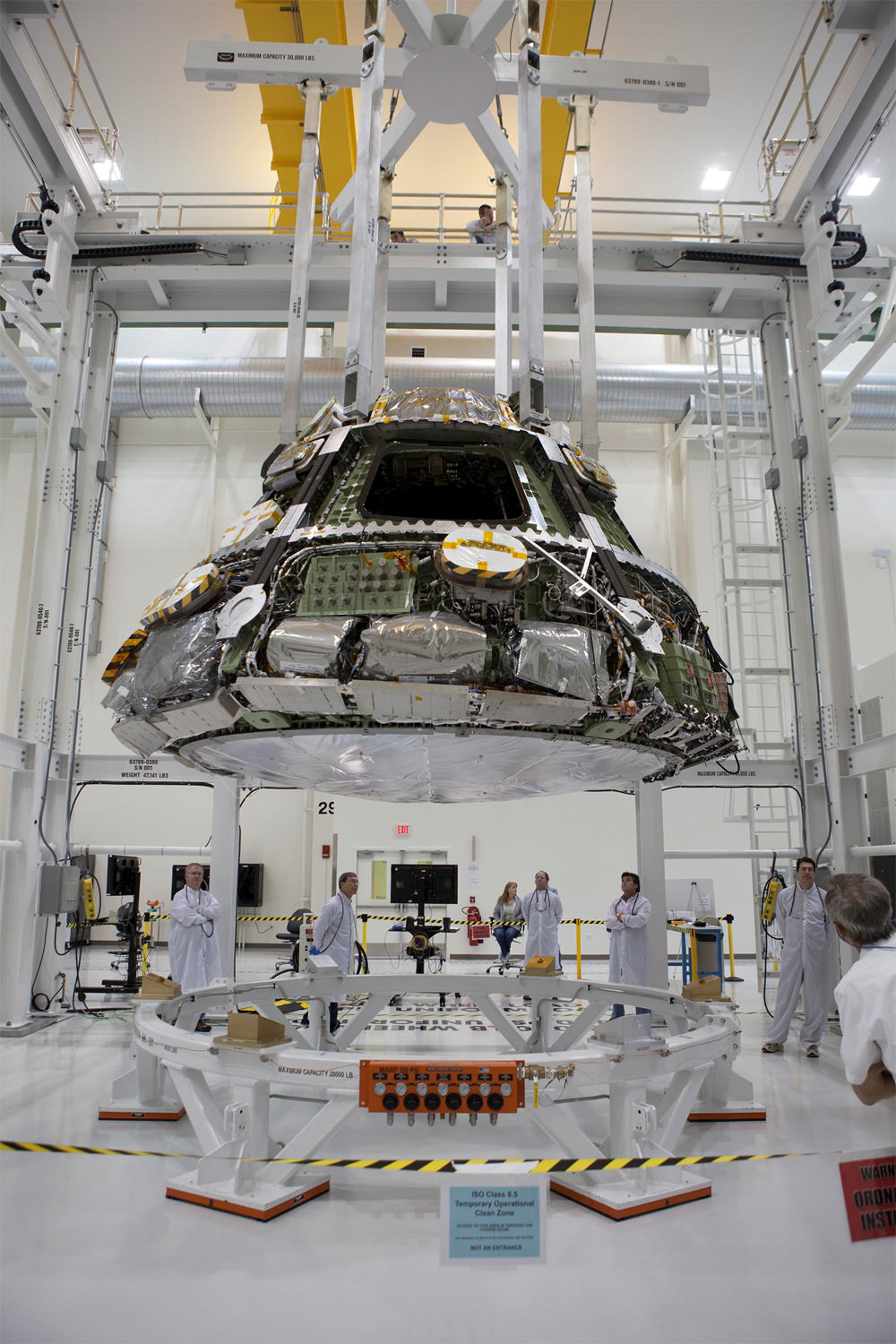
Lockheed Martin and NASA engineers are installing the largest heat shield ever built onto the Orion EFT-1 spacecraft’s crew module at the Kennedy Space Center. Liftoff is slated for late Fall 2014. Credit: Lockheed Martin
Story updated[/caption]
In a key milestone, technicians at the Kennedy Space Center (KSC) in Florida have attached the world’s largest heat shield to a pathfinding version of NASA’s Orion crew capsule edging ever closer to its inaugural unmanned test flight later this Fall on a crucial mission dubbed Exploration Flight Test-1 (EFT-1).
One of the primary goals of NASA’s eagerly anticipated Orion EFT-1 uncrewed test flight is to test the efficacy of the heat shield in protecting the vehicle – and future human astronauts – from excruciating temperatures reaching 4000 degrees Fahrenheit (2200 C) during scorching re-entry heating.
A trio of parachutes will then unfurl to slow Orion down for a splashdown in the Pacific Ocean.
Orion is NASA’s next generation human rated vehicle now under development to replace the now retired space shuttle. The state-of-the-art spacecraft will carry America’s astronauts on voyages venturing farther into deep space than ever before – past the Moon to Asteroids, Mars and Beyond!
“The Orion heat shield is the largest of its kind ever built. Its wider than the Apollo and Mars Science Lab heat shields,” Todd Sullivan told Universe Today. Sullivan is the heat shield senior manager at Lockheed Martin, Orion’s prime contractor.
The heat shield measures 16.5 feet (5 m) in diameter.
Lockheed Martin and NASA technicians mated the heat shield to the bottom of the capsule during assembly work inside the Operations and Checkout High Bay facility at KSC.
“Holes were drilled into the heat shield from the inside to the outside at the structural attached points at the underside of the crew module,” said Jules Schneider, Orion Project manager for Lockheed Martin at KSC, during a recent exclusive interview by Universe Today inside the Orion clean room at KSC.
“Then its opened up from the outside and bolted in place underneath. Closeout plugs made of Avcoat are then installed to close it up and seal the gaps,” Schneider explained.
The heat shield is constructed from a single seamless piece of Avcoat ablator, that was applied by engineers at Textron Defense System near Boston, Mass.
“They applied the Avcoat ablater material to the outside. That’s what protects the spacecraft from the heat of reentry,” Sullivan explained.
The ablative material will wear away as it heats up during the capsules atmospheric re-entry thereby preventing the 4000 degree F heat from being transferred to the rest of the capsule and saving it and the human crew from utter destruction.
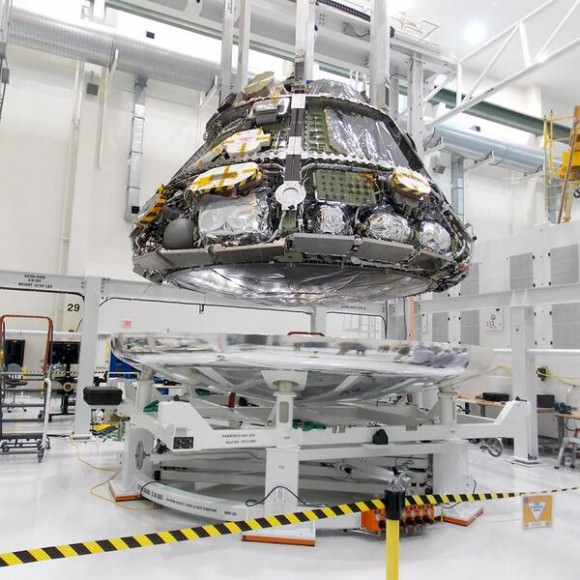
Orion EFT-1 is slated to launch in December 2014 atop the mammoth, triple barreled United Launch Alliance (ULA) Delta IV Heavy rocket, currently the most powerful booster in America’s fleet.
The Delta IV Heavy is the only rocket with sufficient thrust to launch the Orion EFT-1 capsule and its attached upper stage to its intended orbit of 3600 miles altitude above Earth – about 15 times higher than the International Space Station (ISS) and farther than any human spacecraft has journeyed in 40 years.
At the conclusion of the two-orbit, four- hour EFT-1 flight, the detached Orion capsule plunges back and re-enters the Earth’s atmosphere at 20,000 MPH (32,000 kilometers per hour).
“That’s about 80% of the reentry speed experienced by the Apollo capsule after returning from the Apollo moon landing missions,” Scott Wilson, NASA’s Orion Manager of Production Operations at KSC, told me during an interview at KSC.
“The big reason to get to those high speeds during EFT-1 is to be able to test out the thermal protection system, and the heat shield is the biggest part of that.”
“Numerous sensors and instrumentation have been specially installed on the EFT-1 heat shield and the back shell tiles to collect measurements of things like temperatures, pressures and stresses during the extreme conditions of atmospheric reentry,” Wilson explained.
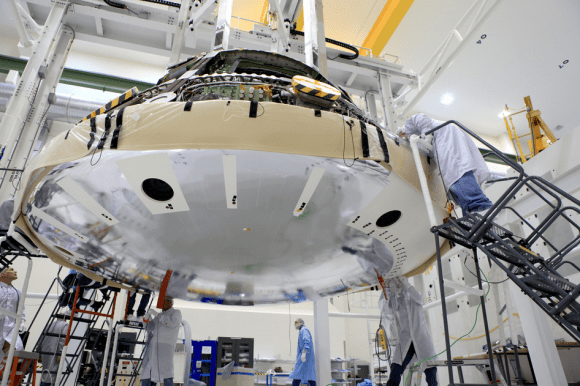
The heat shield arrived at KSC in December 2013 loaded inside NASA’s Super Guppy aircraft while I was onsite. Read my story – here.
The data gathered during the unmanned EFT-1 flight will aid in confirming. or refuting, design decisions and computer models as the program moves forward to the first flight atop NASA’s mammoth SLS booster in late 2017 on the EM-1 mission and more human crewed missions thereafter.
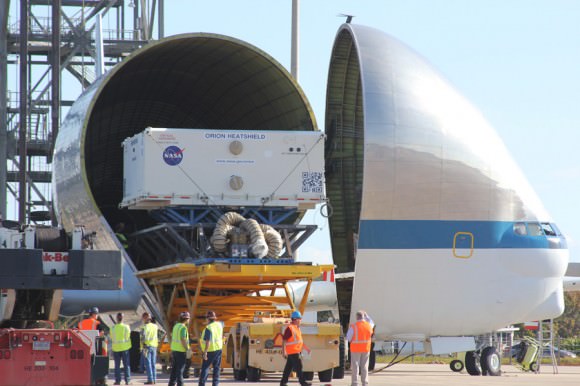
Recently, the EFT-1 launch was postponed three months from its long planned slot in mid-September to December 2014 when NASA was ordered to make way for the accelerated launch of recently declassified US Air Force Space Surveillance satellites that were given a higher priority.
The covert Geosynchronous Space Situational Awareness Program, or GSSAP, satellites were only unveiled in Feb. 2014 during a speech by General William Shelton, commander of the US Air Force Space Command.
Despite the EFT-1 launch postponement, Kennedy Space Center Director Bob Cabana said technicians are pressing forward and continue to work around the clock at KSC in order to still be ready in time to launch by the original launch window that opens in mid- September 2014.
“The contractor teams are working to get the Orion spacecraft done on time for the December 2017 launch,” said Cabana.
“They are working seven days a week in the Operations and Checkout High Bay facility to get the vehicle ready to roll out for the EFT-1 mission and be mounted on top of the Delta IV Heavy.”
“I can assure you the Orion will be ready to go on time, as soon as we get our opportunity to launch that vehicle on its first flight test and that is pretty darn amazing.”
“Our plan is to have the Orion spacecraft ready because we want to get EFT-1 out so we can start getting the hardware in for Exploration Mission-1 (EM-1) and start processing for that vehicle that will launch on the Space Launch System (SLS) rocket in 2017,” Cabana told me
Concurrently, new American-made private crewed spaceships are under development by SpaceX, Boeing and Sierra Nevada – with funding from NASA’s Commercial Crew Program (CCP) – to restore US capability to ferry US astronauts to the International Space Station (ISS) and back to Earth by late 2017.
Read my exclusive new interview with NASA Administrator Charles Bolden explaining the importance of getting Commercial Crew online – here.
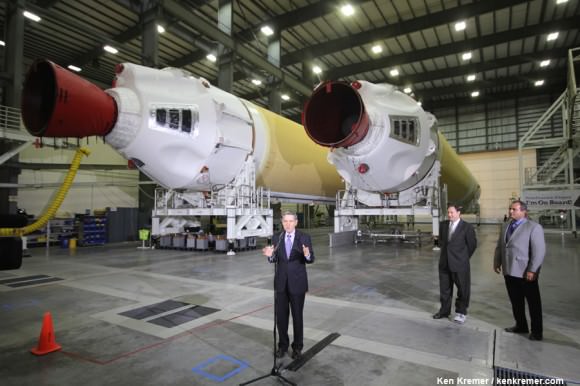
Stay tuned here for Ken’s continuing Orion, Boeing, SpaceX, Orbital Sciences, commercial space, Curiosity, Mars rover, MAVEN, MOM and more planetary and human spaceflight news.
Ken Kremer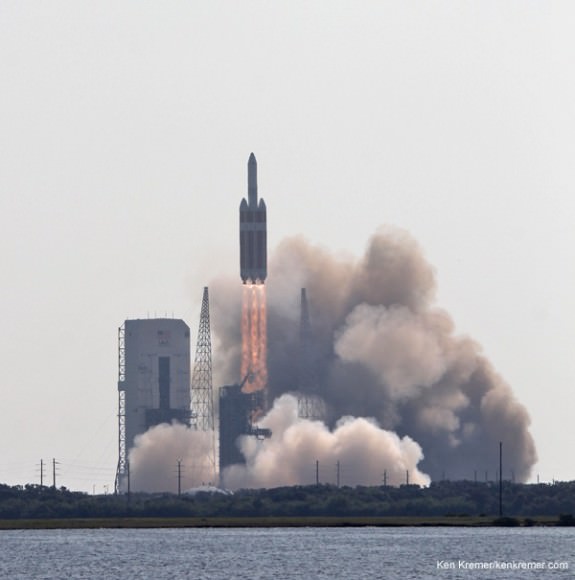 Delta 4 Heavy rocket and super secret US spy satellite roar off Pad 37 on June 29, 2012 from Cape Canaveral, Florida. NASA’s Orion EFT-1 capsule will blastoff atop a similar Delta 4 Heavy Booster in December 2014. Credit: Ken Kremer- kenkremer.com[/caption]
Delta 4 Heavy rocket and super secret US spy satellite roar off Pad 37 on June 29, 2012 from Cape Canaveral, Florida. NASA’s Orion EFT-1 capsule will blastoff atop a similar Delta 4 Heavy Booster in December 2014. Credit: Ken Kremer- kenkremer.com[/caption]
Why Commercial Crew is Critical for Future Exploration: One-on-One Interview with NASA Administrator Charles Bolden

NASA Administrator Charles Bolden discusses future of NASA human spaceflight during exploration forum at NASA Headquarters, Washington, DC. Credit: Ken Kremer- kenkremer.com
Story updated[/caption]
NASA GODDARD SPACE FLIGHT CENTER, MD – Why is NASA’s Commercial Crew Program to develop private human transport ships to low Earth orbit important?
That’s the question I posed to NASA Administrator Charles Bolden when we met for an exclusive interview at NASA Goddard.
The Commercial Crew Program (CCP) is the critical enabler “for establishing a viable orbital infrastructure” in the 2020s, NASA Administrator Charles Bolden told Universe Today in an exclusive one-on-one interview at NASA’s Goddard Space Flight Center in Greenbelt, Md.
Bolden, a Space Shuttle commander who flew four time to space, says NASA wants one of the new American-made private crewed spaceships under development by SpaceX, Boeing and Sierra Nevada – with NASA funding – to be ready to ferry US astronauts to the International Space Station (ISS) and back to Earth by late 2017. Flights for other commercial orbital space ventures would follow later and into the next decade.
Since the shutdown of NASA’s space shuttle program following the final flight by STS-135 in 2011 (commanded by Chris Ferguson), America has been 100% dependent on the Russians to fly our astronauts to the space station and back.
“Commercial crew is critical. We need to have our own capability to get our crews to space,” Bolden told me, during a visit to the NASA Goddard cleanroom with the agency’s groundbreaking Magnetospheric Multiscale (MMS) science probes.
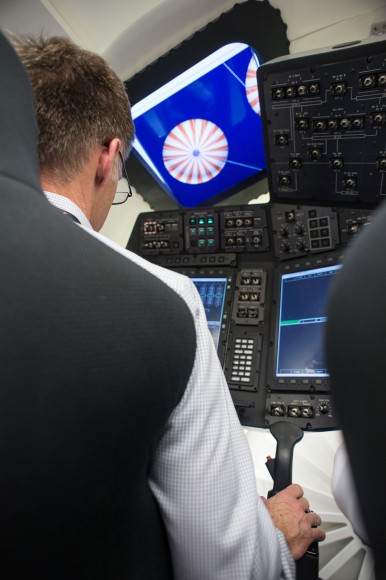
Administrator Bolden foresees a huge shift in how the US will conduct space operations in low earth orbit (LEO) just a decade from now. The future LEO architecture will be dominated not by NASA and the ISS but rather by commercial entrepreneurs and endeavors in the 2020s.
“There are going to be other commercial stations or other laboratories,” Bolden excitedly told me.
And the cash strapped Commercial Crew effort to build new astronaut transporters is the absolutely essential enabler to get that exploration task done, he says.
“Commercial Crew is critical to establishing the low Earth orbit infrastructure that is required for exploration.”
“We have got to have a way to get our crews to space.”
“You know people try to separate stuff that NASA does into nice little neat packages. But it’s not that way anymore.”
Bolden and NASA are already looking beyond the ISS in planning how to use the new commercial crew spaceships being developed by SpaceX, Boeing and Sierra Nevada in a public- partnership with NASA’s Commercial Crew Program.
“Everything we do [at NASA] is integrated. We have to have commercial crew [for] a viable low Earth orbit infrastructure – a place where we can do testing – for example with what’s going on at the ISS today.”
“And in the out years you are going to be doing the same type of work.”
“But it’s not going to be on the ISS.”
“After 2024 or maybe 2028, if we extend it again, you are going to see the people on commercial vehicles. There are going to be other stations or other laboratories.”
“But there won’t be NASA operated laboratories. They will be commercially viable and operating laboratories.”
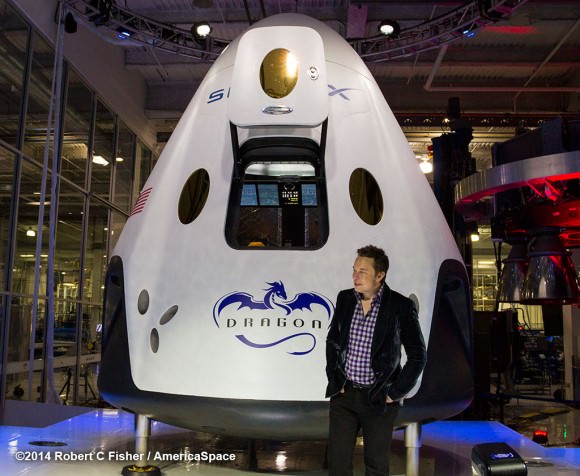
Private NewSpace ventures represent a revolutionary departure from current space exploration thinking. But none of these revolutionary commercial operations will happen if we don’t have reliable and cost effective human access to orbit from American soil with American rockets on American spaceships.
“We need to have our own capability to get our crews to space – first of all. That’s why commercial crew is really, really, really important,” Bolden emphasized.
The ongoing crises in Ukraine makes development of a new US crew transporter to end our total reliance on Russian spaceships even more urgent.
“Right now we use the Russian Soyuz. It is a very reliable way to get our crews to space. Our partnership with Roscosmos is as strong as it’s ever been.”
“So we just keep watching what’s going on in other places in the world, but we continue to work with Roscosmos the way we always have,” Bolden stated.
The latest example is this week’s successful launch of the new three man Russian-US- German Expedition 40 crew to the ISS on a Soyuz.
Of course, the speed at which the US develops the private human spaceships is totally dependent on the funding level for the Commercial Crew program.
Unfortunately, progress in getting the space taxis actually built and flying has been significantly slowed because the Obama Administration CCP funding requests for the past few years of roughly about $800 million have been cut in half by a reluctant US Congress. Thus forcing NASA to delay the first manned orbital test flights by at least 18 months from 2015 to 2017.
And every forced postponement to CCP costs US taxpayers another $70 million payment per crew seat to the Russians. As a result of the congressional CCP cuts more than 1 Billion US Dollars have been shipped to Russia instead of on building our own US crew transports – leaving American aerospace workers unemployed and American manufacturing facilities shuttered.
I asked Bolden to assess NASA’s new funding request for the coming fiscal year 2015 currently working its way through Congress.
“It’s looking better. It’s never good. But now it’s looking much better,” Bolden replied.
“If you look at the House markup that’s a very positive indication that the budget for commercial crew is going to be pretty good.”
The pace of progress in getting our crews back to orbit basically can be summed up in a nutshell.
“No Bucks, No Buck Rogers,” Chris Ferguson, who now leads Boeing’s crew effort, told me in a separate exclusive interview for Universe Today.
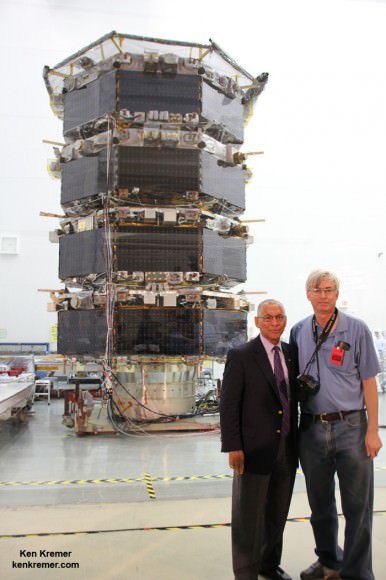
The Boeing CST-100, Sierra Nevada Dream Chaser and SpaceX Dragon ‘space taxis’ are all vying for funding in the next round of contracts to be awarded by NASA around late summer 2014 known as Commercial Crew Transportation Capability (CCtCap).
All three company’s have been making excellent progress in meeting their NASA mandated milestones in the current contract period known as Commercial Crew Integrated Capability initiative (CCiCAP) under the auspices of NASA’s Commercial Crew Program.
Altogether they have received more than $1 Billion in NASA funding under the current CCiCAP initiative. Boeing and SpaceX were awarded contracts worth $460 million and $440 million, respectively. Sierra Nevada was given what amounts to half an award worth $212.5 million.
SpaceX CEO Elon Musk just publicly unveiled his manned Dragon V2 spaceship on May 29.
Boeing’s Chris Ferguson told me that assembly of the CST-100 test article starts soon at the Kennedy Space Center.
NASA officials have told me that one or more of the three competitors will be chosen later this year in the next phase under CCtCAP to build the next generation spaceship to ferry astronauts to and from the ISS by 2017.
In order to certify the fitness and safety of the new crew transporters, the CCtCAP contracts will specify that “each awardee conduct at least one crewed flight test to verify their spacecraft can dock to the space station and all its systems perform as expected.”
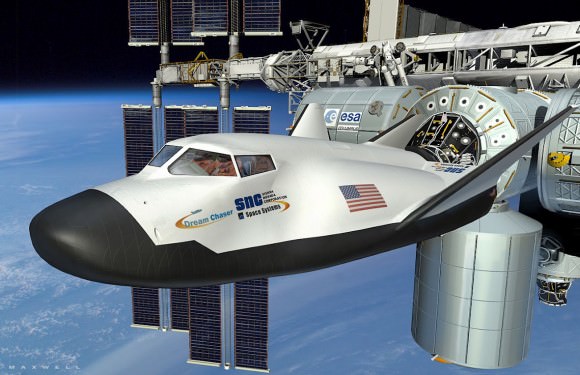
Concurrently, NASA is developing the manned Orion crew vehicle for deep space exploration. The state-of-the-art capsule will carry astronauts back to the Moon and beyond on journeys to Asteroids and one day to Mars.
“We need to have our own capability to get our crews to space. Commercial Crew is critical to establishing the low Earth orbit infrastructure that is required for exploration,” that’s the bottom line message from my interview with NASA Administrator Bolden.
Stay tuned here for Ken’s continuing SpaceX, Boeing, Sierra Nevada, Orbital Sciences, commercial space, Orion, Mars rover, MAVEN, MOM and more planetary and human spaceflight news.
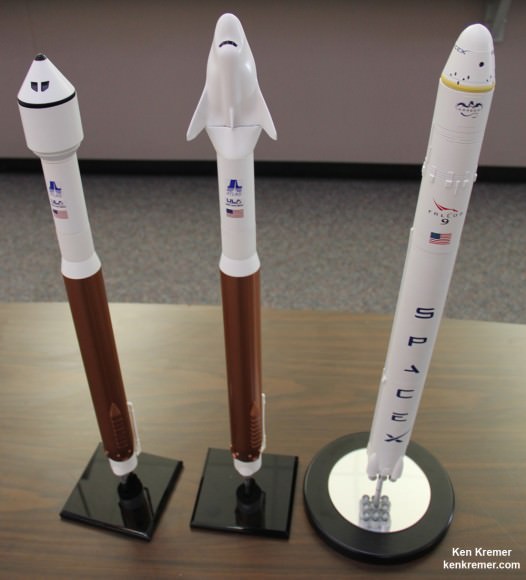
Elon Musk Premiers SpaceX Manned Dragon V2 Astronaut Transporter – 1st Photos

Meet Dragon V2 – SpaceX CEO Elon pulls the curtain off manned Dragon V2 on May 29, 2014 for worldwide unveiling of SpaceX’s new astronaut transporter for NASA. Credit: SpaceX
Story updated[/caption]
SpaceX CEO and billionaire founder Elon Musk gushed with excitement as he counted down the seconds and literally pulled the curtain away to unveil his company’s new manned Dragon V2 astronaut transporter for all the world to see during a live streaming webcast shortly after 10 p.m. EST (7 p.m. PST, 0200 GMT) this evening, Thursday, May 29, from SpaceX HQ.
The first photos from the event are collected herein. And I’ll be adding more and updating this story as they flow in.
Musk’s Dragon V2 unveiling was brimming with excitement like a blockbuster Hollywood Science Fiction movie premiere – with lights, cameras and action.
But this was the real deal and hopefully gets America moving again back to thrilling, real space adventures in orbit and beyond – reaching for the stars.
“The Dragon V2 is a 21st century spacecraft,” Musk announced to a wildly cheering crowd. “As it should be.”
“We wanted to take a big step in spacecraft technology. It is a big leap forward in technology and takes things to the next level.”
“An important characteristic of that is its ability to land anywhere on land, propulsively. It can land anywhere on Earth with the accuracy of a helicopter.”
“I think that’s what a spaceship should be able to do.”
“It will be capable of carrying seven astronauts. And it will be fully reusable.”
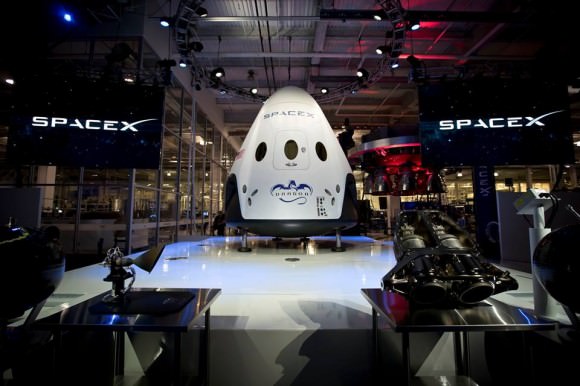
The sleek gleaming spaceship looks decidedly different from the current cargo Dragon V1.
Read my “Dragon V2” preview articles leading up to the May 29 event – here and here.
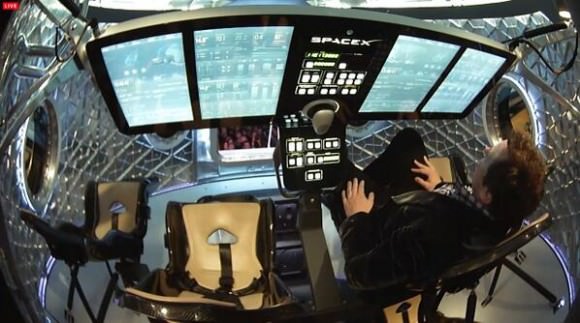
This new manrated Dragon is aimed at restoring US human launch access to space from American soil by carrying crews of up to seven US astronauts to low Earth orbit and eventually perhaps Mars – starting as soon as 2017.
Musk unveiled the gumdrop-shaped Dragon V2, or Version 2, to an overflow crowd of employees and media at SpaceX headquarters and design and manufacturing facility in Hawthorne, CA.
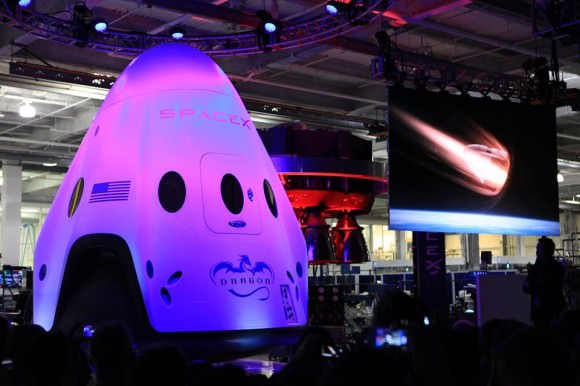
But Musk and SpaceX are not alone in striving to get Americans back to space.
Two other US aerospace firms – Boeing and Sierra Nevada – are competing with SpaceX to build the next generation spaceship to ferry astronauts to and from the ISS by 2017 using seed money from NASA’s Commercial Crew Program in a public/private partnership.
Altogether they have received more than $1 Billion in NASA funding.

The Boeing CST-100 and Sierra Nevada Dream Chaser ‘space taxis’ are also vying for funding in the next round of contracts to be awarded by NASA around late summer 2014.
The ‘Dragon V2’ is an upgraded, man-rated version of the unmanned Dragon cargo spaceship that just completed its third operational resupply mission to the ISS with a successful splashdown in the Pacific Ocean on May 18.
Stay tuned here for Ken’s continuing SpaceX, Boeing, Sierra Nevada, Orbital Sciences, commercial space, Orion, Mars rover, MAVEN, MOM and more planetary and human spaceflight news.
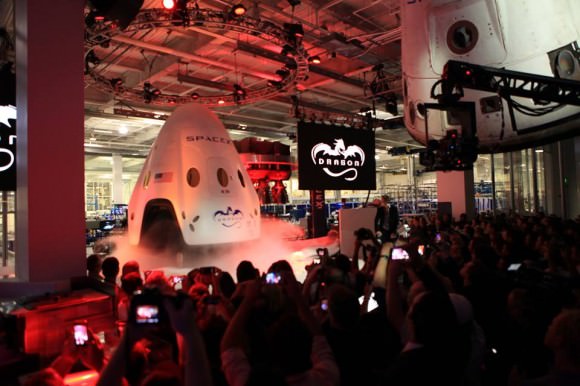
Watch Live Here – SpaceX Founder Elon Musk Unveils Manned “Dragon V2” Spaceship on May 29

SpaceX is hosting a worldwide live premiere event tonight, May 29, unmasking the veil from the company’s commercial “Dragon V2” manned spaceship, the next step in US human spaceflight at 7 p.m. PST (10 p.m. EST, 0200 GMT).
And none other than billionaire entrepreneur Elon Musk, SpaceX CEO and founder, will be the master of ceremonies for the live show direct from SpaceX’s state-of-the-art design and manufacturing facility and Headquarters in Hawthorne, CA!
You can watch LIVE here – via the embedded player above.
Alternatively you can watch courtesy of a streaming webcast courtesy of SpaceX at: www.spacex.com/webcast
Read my “Dragon V2” or “Dragon Version 2” preview story – here.
Musk’s (and NASA’s) goal is to restore America’s capability to launch US astronauts to low Earth orbit and the International Space Station (ISS) by 2017 and to put an end total US dependency on Russia’s Soyuz for astronaut rides to orbit and back.
“SpaceX’s new Dragon V2 spacecraft is a next generation spacecraft designed to carry astronauts into space,” says SpaceX.
“Cover drops on May 29. Actual flight design hardware of crew Dragon, not a mockup,” Musk tweeted recently to build anticipation.

Dragon is among a trio of US private sector manned spaceships being developed with seed money from NASA’s Commercial Crew Program in a public/private partnership to develop a next-generation crew transportation vehicle to ferry astronauts to and from the ISS by 2017 – a capability totally lost following the space shuttle’s forced retirement in 2011.
The Boeing CST-100 and Sierra Nevada Dream Chaser ‘space taxis’ are also vying for funding in the next round of contracts to be awarded by NASA around late summer 2014.
The gumdrop-shaped ‘Dragon V2’ is an upgraded, man rated version of the unmanned Dragon spaceship that will carry a mix of cargo and up to a seven crewmembers to the International Space Station (ISS).
The cargo Dragon just successfully completed its third operational resupply mission to the ISS with a successful splashdown in the Pacific Ocean on May 18.
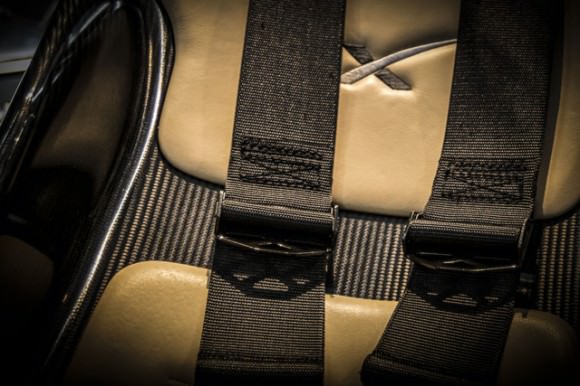
Stay tuned here for Ken’s continuing SpaceX, Boeing, Sierra Nevada, Orbital Sciences, commercial space, Orion, Mars rover, MAVEN, MOM and more planetary and human spaceflight news.
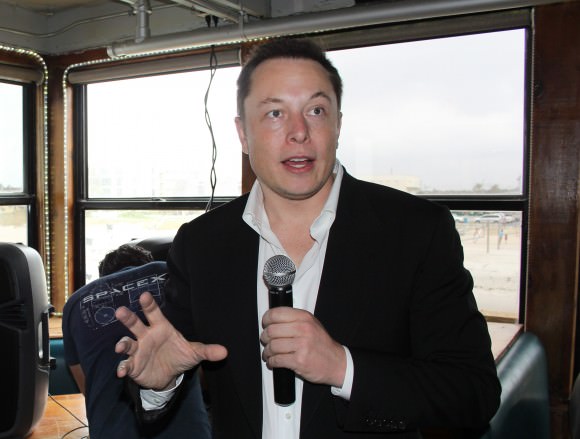
Observing Alert – Space Station ‘Marathon’ Starts This Week
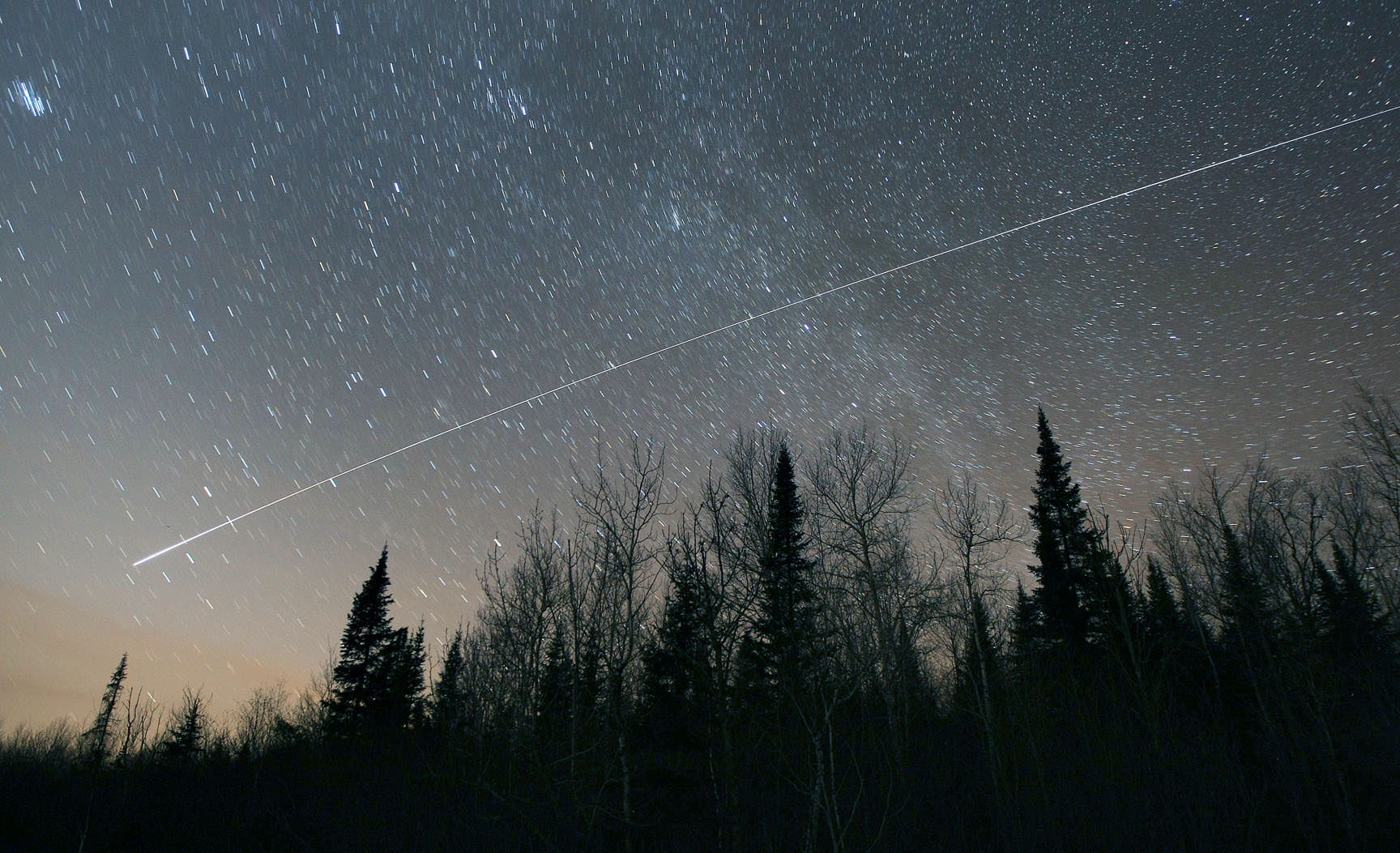
What’s your favorite satellite? For me it’s the space station. Not only is it the brightest spacecraft in the sky, but it’s regularly visible from so many places. It’s also unique. Most satellites are either spent rocket stages or unmanned science and surveillance probes. The ISS is inhabited by a crew of astronauts. Real people.
Every time I see that bright, moving light I think of the crew floating about the cabin with their microgravity hair, performing experiments and pondering the meaning of it all while gazing out the cupola windows at the rolling blue Earth below. Starting Friday, the station will make up to 5 flybys a night from dusk till dawn. Marathon anyone?
The ISS’s orbit is inclined 51.6 degrees to the equator and passes overhead for anyone living between 51.6 degrees north and 51.6 degrees south latitude. It’s visible well beyond this zone also but never passes through the zenith outside of these limits. Traveling at a little more than 17,000 mph (27,350 kph) the station completes an orbit in 93 minutes.
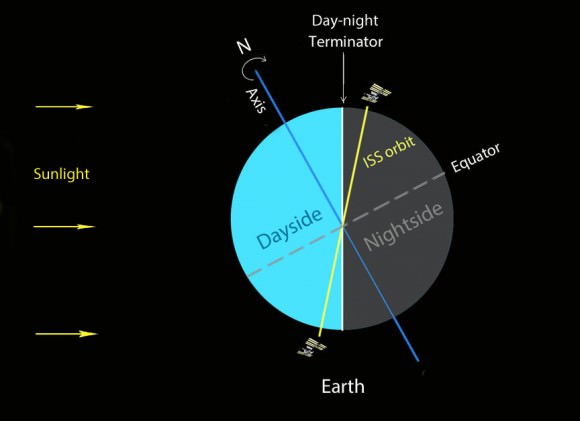
Most of the time we get one easy-to-see bright pass preceded or followed by a fainter partial pass. ‘Partials’ occur when the space station glides into Earth’s shadow and disappears from view during an appearance. But in late May-early June each year, the space station’s orbit and Earth’s day-night terminator nearly align. From the astronauts’ viewpoint, the sun never sets, much like seeing the midnight sun from the Arctic Circle. From down on the planet between latitudes 40-55 degrees north, the ISS remains in sunlight during repeated 90 minute-long orbits.
Instead of once or twice a night, we’ll see passes all night long from dusk till dawn starting about May 30. For instance, on May 31 from Minneapolis, Minn., skywatchers will be treated to four flybys at 12:12 a.m, 1:44 a.m., 3:20 a.m. and 11:23 p.m. The best nights are June 4 and 6 with five passes. By the 10th, the space station ‘marathon’ winds down and we return to 2-3 passes a night.
In late May-early June near the summer solstice, the sun doesn’t set on the International Space Station
The ISS always appears in the western sky first and travels east opposite to the movement of the stars. Low altitude flybys are fainter because there’s more lateral distance between you and the station. Even then the it still shines as bright as Vega. But when the ISS flies overhead, it’s only about 250 miles away, as close as it gets. Then it outshines everything in the night sky except Venus and the moon. Absolutely stunning.
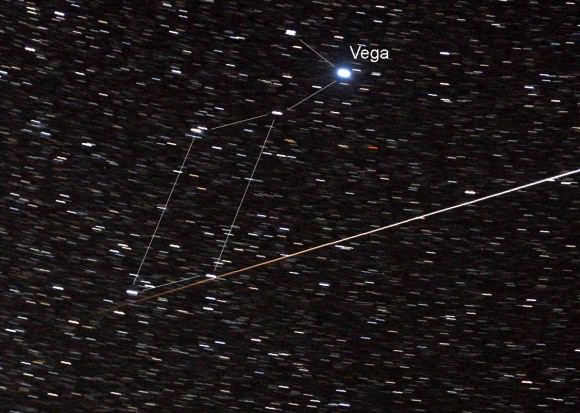
Have you ever noticed that satellites, including the ISS, appear to move in a jerky or zigzag fashion if you watch them closely? What you’re really are your own eyes not moving smoothly as you follow the satellite across the starry sky. My favorite passes are those where the space station fades away mid-flyby as it encounters Earth’s shadow. I always keep binoculars handy for these passes so I can watch the ISS turn color from pale yellow (caused by the gold Mylar plastic used in its many solar panels) to orange and red as it experiences one of its many orbital sunsets.
The phenomenon is easy to capture on camera too. Find out when the station will cross into shadow using the maps from Heavens-Above (see below) and point your tripod-mounted camera in that direction. I typically use a 35mm lens wide open to f/2.8 and a 30-second exposure at either ISO 400 – if still twilight – or 800 in a darker sky.
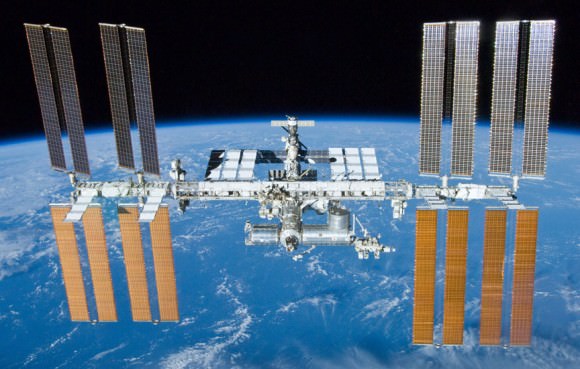
There are many ways to find out when the ISS will pass over your city. My favorite are the listings in Heavens-Above. Login with your city and you’ll see a complete list with links to create maps of the station’s track across the sky. There’s also Spaceweather’s Satellite Flyby tracker. Type in your zip code and hit enter. Couldn’t be easier. You can also have NASA send you an e-mail when the most favorable (highest, brightest) passes occur by adding your e-mail to the Spot the Station site. Be aware though that you won’t be notified of some of the less favorable passes.
Half-minute video of the space station tracked through a telescope
One last pleasure of space station watching is seeing it in a telescope. Notoriously tricky to track when magnified, after minimal research I’ve come up with a method that allows at least a half dozen people to see it up close during a good flyby. One person mans the finderscope, keeping the station in the center of the crosshairs, while one happy observer after another takes their turn for a look through the eyepiece. Sure, it’s a little herky-jerky, but you’d be surprised how much you can see at magnifications as low as 60x. The solar panels really jump out. Observing solo might mean a couple tries positioning the moving target ahead of where you think it will cross the field of view and then being ready to lock on and follow.
Well, I’m going to prep for the upcoming marathon. See you in spirit on the course!
Antares Rocket Engine Suffers Significant Failure During Testing
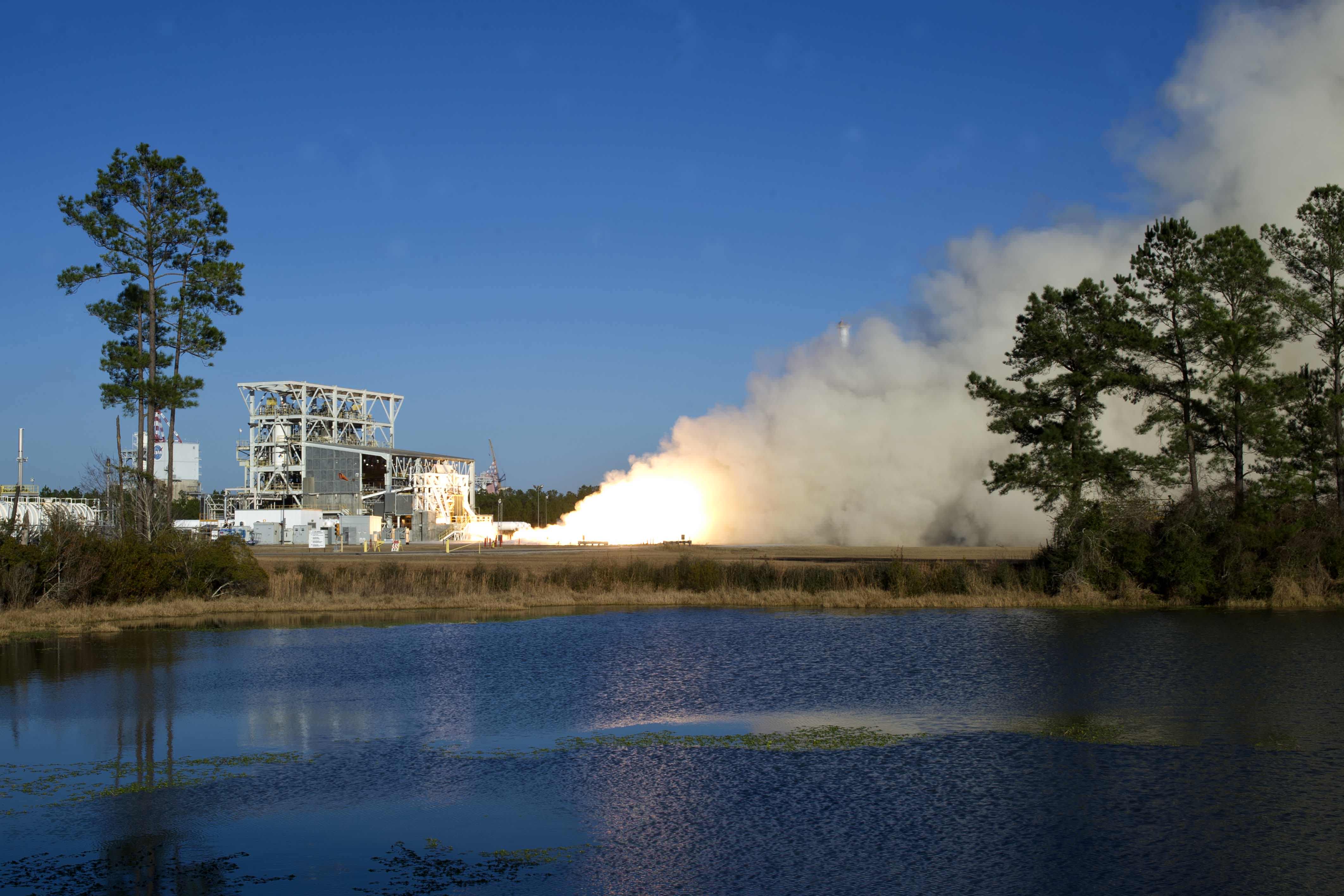
Hotfire test of Aerojet Rocketdyne AJ26 engines on the E-1 Test Stand at NASA’s Stennis Space Center on Jan 17, 2014. Credit: NASA
See up close AJ26 photos below[/caption]
A Russian built rocket engine planned for future use in the first stage of Orbital Sciences Corp. commercial Antares rocket launching to the International Space Station failed during pre-launch acceptance testing on Thursday afternoon, May 22, at NASA’s Stennis Space Center in Mississippi.
“There was a test failure at Stennis yesterday afternoon (May 22),” Orbital Sciences spokesman Barry Beneski told Universe Today.
The Aerojet Rocketdyne AJ26 rocket engine failed with extensive damage about halfway through the planned test aimed at qualifying the engine for an Antares flight scheduled for early next year.
“Engineers are examining data to determine the cause of the failure,” Beneski told me.
The test was initiated at about 3:00 p.m. EDT on Thursday and the anomaly occurred approximately 30 seconds into the planned 54-second test.
“It terminated prematurely, resulting in extensive damage to the engine,” Orbital said in a statement.
An investigation into the incident by Aerojet and NASA has begun. The cause of the failure is not known.
“During hot-fire testing on May 22 at NASA’s Stennis Space Center, Aerojet Rocketdyne’s AJ26 engine experienced a test anomaly. The company is leading an investigation to determine the cause,” Aerojet spokesperson Jessica Pieczonka told Universe Today.
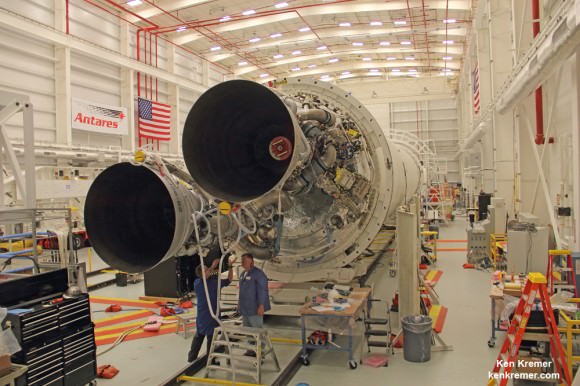
Fortunately no one was hurt.
“There were no injuries,” Pieczonka confirmed to me.
A team of NASA, Orbital Sciences Corporation, Aerojet Rocketdyne and Lockheed Martin engineers tests all of the AJ26 engines on the E-1 Test Stand at NASA’s Stennis Space Center before delivering them to the launch site at NASA’s Wallops Flight Facility in Virginia.
The testing program began in November 2010.
“Stennis will perform checkouts to the facility to ensure its operational integrity,” NASA Stennis spokesperson Rebecca Strecker told me.
Antares first stage is powered by a pair of liquid oxygen and kerosene fueled AJ26-62 engines that deliver a combined 734,000 pounds (3265 kilonewtons) of sea level thrust.
To date, the AJ26 engines have performed flawlessly through a total of three Antares launches from NASA’s Wallops Flight Facility in Virginia.
They measure 3.3 meters (10.9 feet) in height and weigh 1590 kg (3,500 lb.).
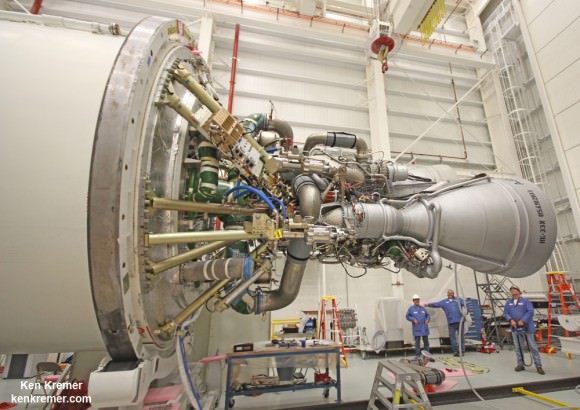
The next Antares rocket is slated to blastoff on June 10 with the Cygnus cargo freighter on the Orb-2 resupply mission to the ISS.
As of today, it’s not known whether the June flight will have to be postponed.
“It is too early to tell if upcoming Antares flights will be affected,” Beneski said.
The most recent launch of the two stage rocket took place this past winter on Jan. 9, 2014 on the Orb-1 resupply mission.
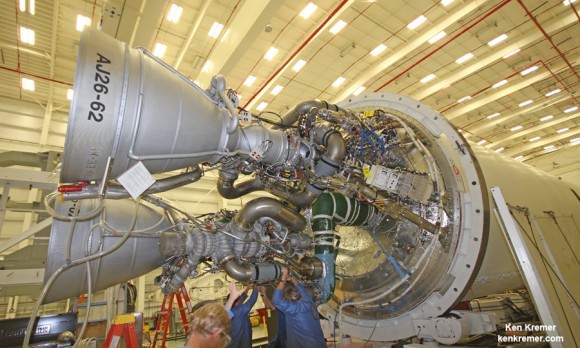
The AJ26 engines were originally known as the NK-33 and built in the Soviet Union for their manned moon landing program.
Aerojet extensively modified, checked and tested the NK-33 engines now designated as the AJ26-62 to qualify them for use in the first stage Antares core, which is manufactured in Ukraine by the Yuznoye Design Bureau and based on the Zenit launch vehicle.
“Each test of an AJ26 engine is exciting and affirming because it is in direct support of NASA’s commercial space flight efforts, as well as a continuation of a very successful Stennis partnership with Orbital and Aerojet Rocketdyne,” Stennis Director Rick Gilbrech said in an earlier statement.
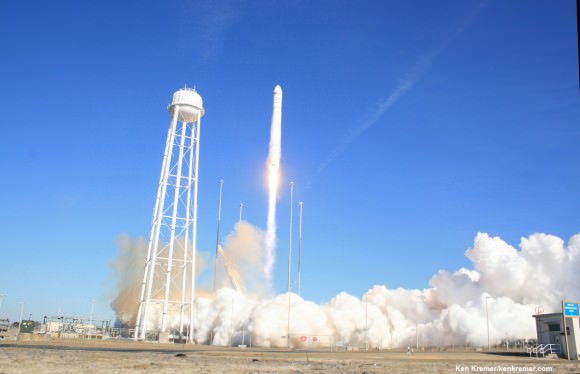
Orbital Sciences was awarded a $1.9 Billion supply contract by NASA to deliver 20,000 kilograms of research experiments, crew provisions, spare parts and hardware for 8 flights to the ISS through 2016 under the Commercial Resupply Services (CRS) initiative.
The June mission would be the second operational Antares/Cygnus flight.
SpaceX has a similar resupply contract using their Falcon 9 rocket and Dragon cargo carrier and just completed their 3rd operational mission to the ISS.
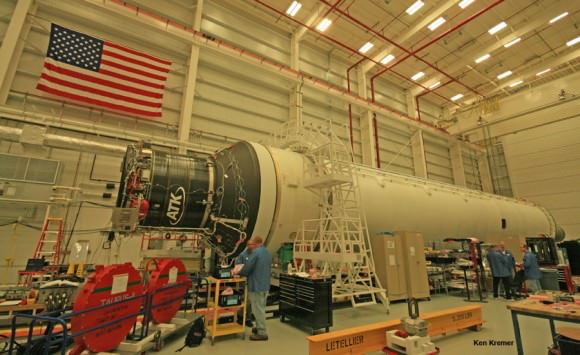
ESA Marks 50 Years of Cooperative Space Innovation
In 1964 the European Launcher Development Organisation (ELDO) and the European Space Research Organisation (ESRO) were founded, on February 29 and March 20 respectively, marking the beginning of Europe as a major space power and player in the new international venture to explore beyond our planet. A decade later these two entities merged to become ESA, and the rest, as it’s said, is history.
The video above commemorates ESA’s service to the cooperation and innovation of European nations in space, and indeed the entire world with many of the far-reaching exploration missions its member states have developed, launched and maintained. From advanced communications and observational satellites to its many missions exploring the worlds of the Solar System to capturing the light from the beginning of the Universe, ELDO, ESRO, and ESA have pushed the boundaries of science and technology in space for half a century… and are inspiring the next generation to continue exploring into the decades ahead. So happy anniversary, ESA — I can only imagine what we might be looking back on in another 50 years!
Space Station’s Veggies Are “Grow” to Launch
In what could become the world’s first orbiting salad bar, NASA’s Veggie experiment was initiated on May 8 after a successful (if slightly delayed) launch to the Space Station on Friday, April 18 aboard a SpaceX Dragon capsule. In development for several years, the LED-powered plant growth experiment is finally getting the chance to put down its roots.
After receiving the experiment on Sunday, April 20, Expedition 39 astronauts Rick Mastracchio and Steve Swanson installed the Veg-01 unit inside ESA’s Columbus module on May 7. The next day Veg-01 was turned on, with a root mat and six small pillows containing “Outredgeous” romaine lettuce seeds within a special fertilized clay inserted inside its collapsible Teflon bellows.
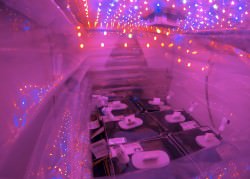
The lettuce plants are scheduled to grow for 28 days, during which time they will be periodically photographed, watered, and tested for any microbial growth. The pillows will be thinned down to one plant each, and after the experiment is over the remaining lettuce leaves will be harvested and frozen to be returned to Earth aboard another Dragon capsule later this year. There they’ll be tested and compared with the results of an identical Veggie experiment that’s being conducted at the same time at Kennedy Space Center.
If all goes well, the lettuce will be found to be safe for astronauts to eat. While they await the results, the next experiment can be started.
“My hopes are that Veggie will eventually enable the crew to regularly grow and consume fresh vegetables,” said Dr. Gioia Massa, the NASA science team lead for Veggie.
In addition to providing healthy food, having living plants to care for could be therapeutic for astronauts on long-duration missions in low-Earth orbit and beyond. (Let’s just hope it doesn’t one day end up like Silent Running!)
The Veggie system was developed for NASA by Orbital Technologies Corporation (ORBITEC) in Madison, Wisconsin, via a Small Business Innovative Research Program. Its innovations may eventually lead to better food production not only in space but also in limited-resource regions on Earth. Learn more about the Veg-01 experiment in my previous article here.
Source/more info: NASA news release (Also, see some photos of Veg-01 installed on the ISS here.)


